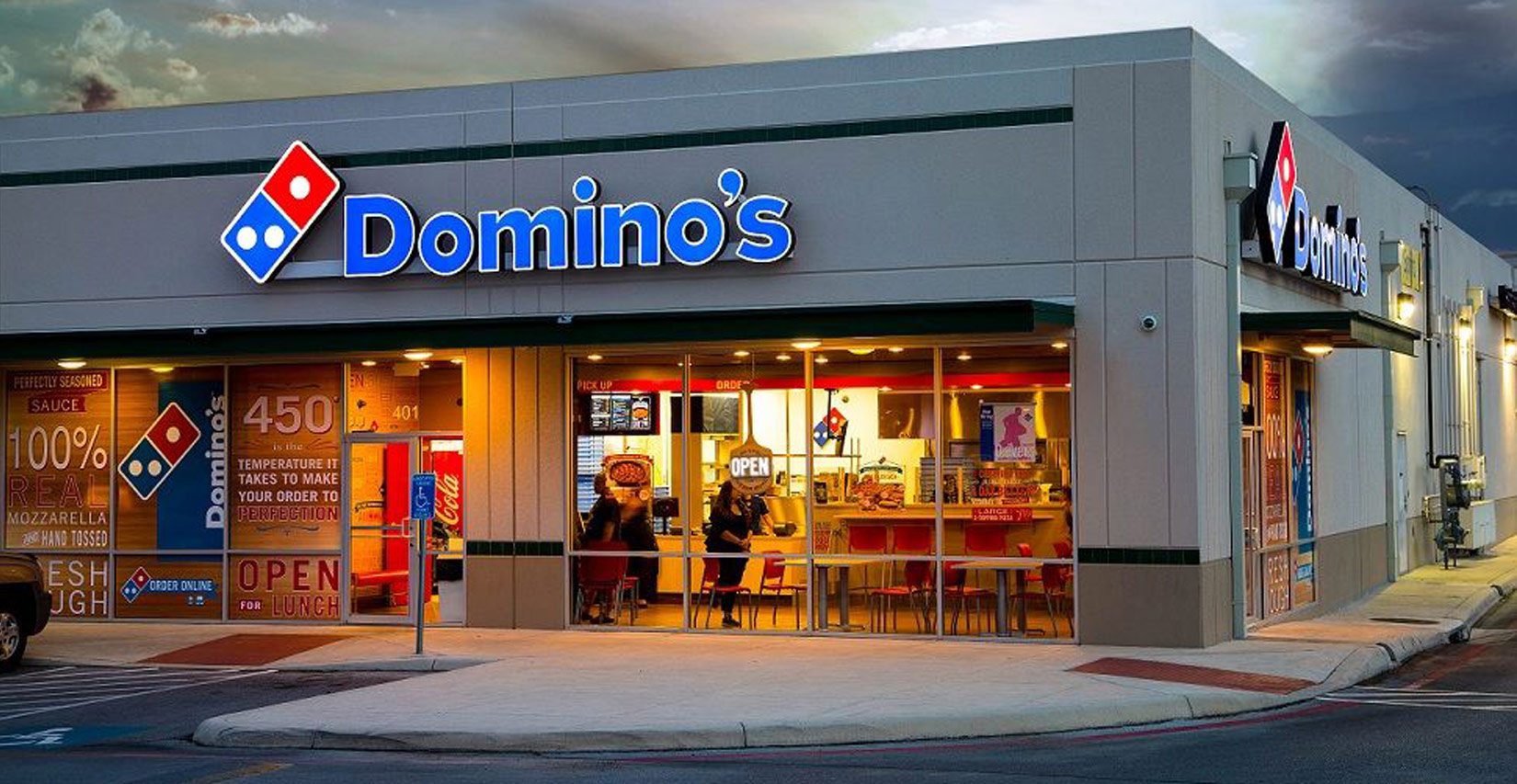Content marketing is often full of cliches, jargon and empty promises.
I’ve always been a great believer content marketing honesty, and there’s no better example than what Domino’s did in 2009 to address their dramatic slide in market share.
“We’re sorry our old pizza wasn’t very good.”
Imagine a CEO appearing on national television and putting that statement out there. That’s a pretty ballsy thing to do, isn’t it? But that’s exactly what Patrick Doyle, CEO of Domino’s Pizza did. After years of having a reputation for mediocre pizza, they launched their “Pizza Turnaround” campaign based on that very admission. When the campaign launched during the December 2009 NFL playoffs it smashed all sales records, their radical approach resulting in the largest single-quarter gain in the history of fast food.
McDonald’s realised Domino’s was on to a winning formula and followed their lead, using audacious honesty to confront misguided perceptions about their food. Their campaign “Our Food. Your Questions” launched in the US in 2014 and customers were invited to ask anything, and McDonald’s addressed their inquiries publicly. Covering everything from the myths of “pink goop” in their chicken to the content of their beef burgers, this innovative way of talking openly and honestly about misconceptions worked to build trust in the brand.
An example of what not to do was something Apple did last year. Remember when they had to admit that they were intentionally slowing down the performance of older iPhones? At first they said it was to protect their batteries, but really it was just a ploy to get people to upgrade to their soon-to-be released iOS. Scandalous! People were outraged that they had been duped. Had Apple execs chosen to go a direct route and been transparent from the start, perhaps they’d have avoided the drop in sales – and customers’ confidence – that resulted after the publicity.
You might not think that admitting your faults – much less broadcasting them in an ad campaign! – could ever be a positive thing, but that is exactly what radical transparency is all about, and it works when done well.
We’re living in a time where consumers are overwhelmed with a tsunami of digital content. Simply saying a product is “new and improved” doesn’t cut it anymore because customers are bombarded with a deluge of soft, innocuous advertising claims daily. If you want to get noticed, you need to disrupt people’s perceptions and turn them upside down. Blatant honesty can be incredibly powerful because it catches people by surprise and disarms their inbuilt bullshit detectors. How can you argue with a brand that tells it the way that it is?
And it’s refreshing to hear a brand confirming what we already know.
What does this tell us? Being real works. By being radically transparent and brutally honest, the consumer demand for authenticity is met. When you employ this as a marketing strategy, it builds trust and empathy and disarms the cynics before they even get started.
In this time of “fake news”, information is increasingly distrusted. It couldn’t be a better time to use radical transparency and naked honesty to cut through all the content marketing crap out there and make a real connection with consumers.
What can you do to employ an open content marketing strategy in your business? Tell the truth. Make your brand human. Admit your mistakes and what you’ve learned from them. Invite your audience to share in your story. Remember though, to utilise tact and timing when you launch the new transparent you.

